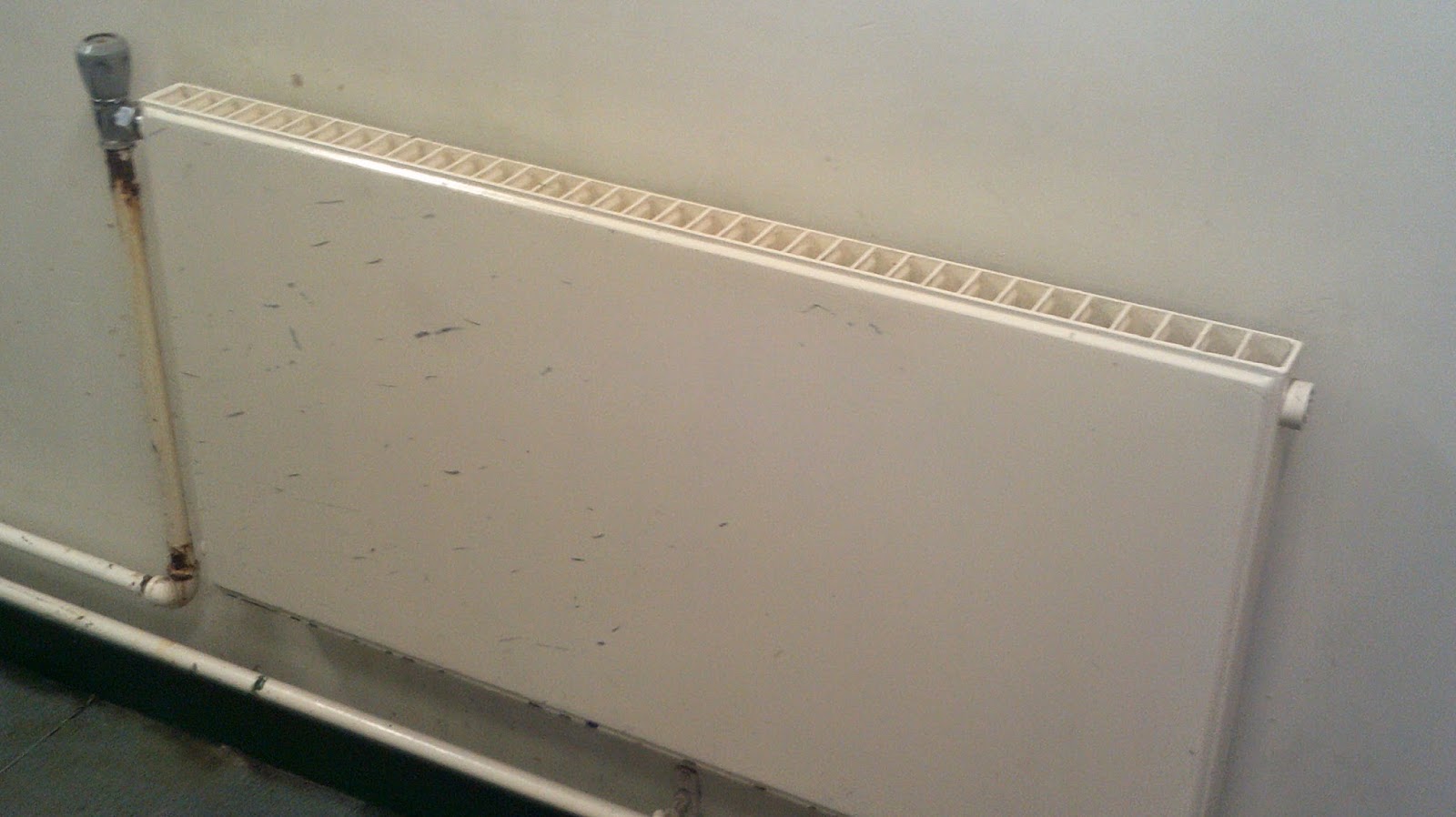Leslie's tube is a metal cube with sides painted different colours. The idea is to show that the matt black side emits more infra-red that the shiny sides. It's never worked. Now I know why.
Here's the set up with Leslie's tube on the left. The horn in the middle is a thermopile which captures infra-red radiation and turns it into an emf voltage which can be seen on the spot galvanometer. Zero is in the middle on the galvanometer and the spot moves left for a reading.
It basically stays in the centre for shiny copper - not much heat radiation given off.
Matt black gives a decent reading.
Shiny white gives at least the same reading!
Recent debate on my forum said that any paint is "black at infra-red wavelengths". Now that depends on your definition of black. Black absorbs all visible light, but it is also a good emitter. So if white paint absorbs and emits very well at infra-red, we'd say it was acting like black does with our visible colours. So Leslie's cube will never show exactly what the text books say it should. My physics teacher said we should paint radiators black so they emitted thermal radiation better. He was wrong: white is just as good as black at infra-red wavelengths.



